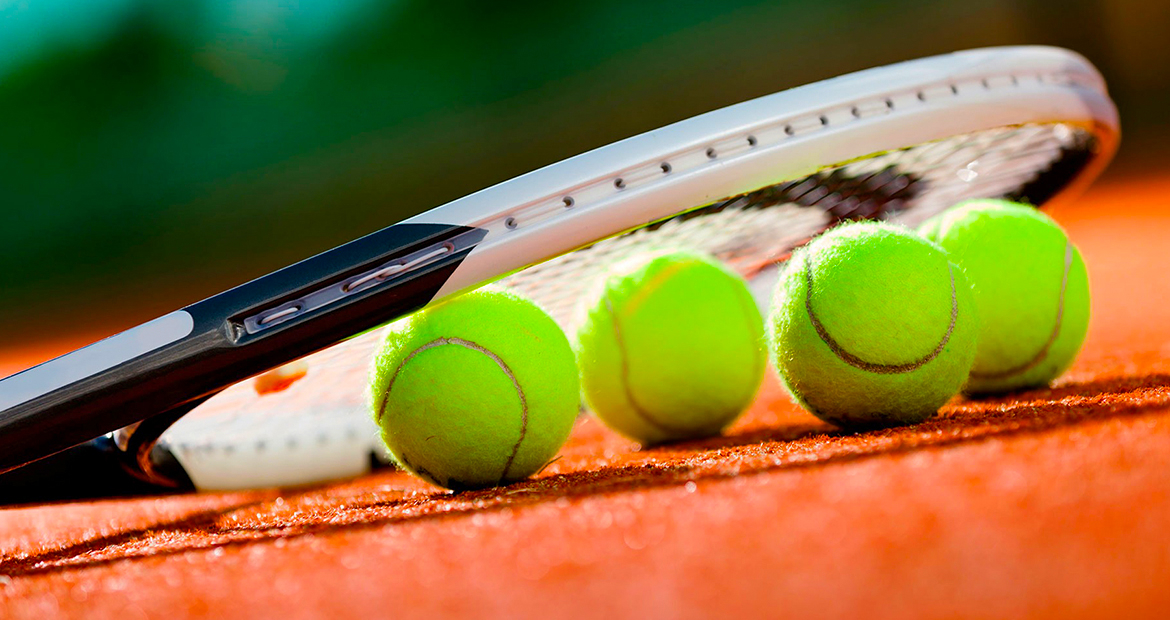Tennis is respected all over the world as a sport that develops not only physical stamina but also mental strength. It may seem challenging for beginners or those just starting, but with the right strategies and techniques, learning tennis becomes more efficient.
In today's article, we will provide a broad guide from tennis learning techniques to hitting and holding methods. We will also share tips to make playing tennis more enjoyable and effective
You may be interested in Tennis Rules and Tennis Scoring System
What is Tennis?

Originating in ancient times and evolving to become a modern sport, tennis is played by two or four people with a ball and racket on a court. The game combines strategy, speed, strength, and endurance. There are different types of court, such as hard court, grass, or clay court, and these types affect the speed and strategy of the game.
How to Learn Tennis?

Getting to know the different areas of the court, understanding the scoring system, and learning basic strokes are the first steps to learning tennis. Among tennis learning techniques, it is of great importance to utilize various resources. Especially tennis stroke techniques slides and videos on the internet can be useful to speed up this process.
Regular training contributes to your tennis learning techniques. You can learn on your own or get support from an experienced coach. It can also be useful to learn tennis in a social environment by attending group lessons.
Tennis Racket Selection

When choosing a tennis racket, the weight of the racket and its suitability for the player's playing style should be taken into account. Light rackets allow for faster movement, while heavy rackets provide more power. The head size of the racket is also important. For beginners, a larger head size offers more space for the ball, increasing accuracy. This is especially useful for players working on their tennis learning techniques. The balance and grip of the racket are also other factors to consider. These factors directly affect the player's comfort and performance.
When choosing a tennis racket, more flexible and tolerant rackets are recommended for beginners, while more rigid and professional rackets are recommended for advanced players. The material of the racket in question is also important. Lightweight materials such as carbon fiber or graphite improve both durability and performance.
Correct Tennis Grip Techniques

In tennis, a correct grip ensures that the strokes are effective. An incorrect grip, on the other hand, can both reduce the effectiveness of the stroke and increase the risk of injury. The most common tennis grip techniques are the following:
Continental Grip: A grip technique generally preferred for strokes such as serves, volleys, and spikes. This grip allows the racket to be used more comfortably and flexibly, providing an advantage in situations that require quick reflexes. In addition, hits made with this grip can give more spin to the ball and throw the opponent off balance.
Eastern Grip: Ideal for forehand strokes, this grip allows you to hit the ball straight and powerfully. This grip, which gives players more control and increases the accuracy of their strokes, is one of the tennis learning techniques and is especially recommended for beginners.
Western Grip: The Western grip is favored by players who want to add more spin to the ball. It adds more height and curve to the ball, making it harder for the opponent to hit. Among tennis grip techniques, this stroke is often used by advanced players. It is known as a high-risk and high-reward-hitting style.
Forehand

The forehand grip is one of the most commonly used techniques when playing tennis. It allows you to hit the ball with power and control. For a correct forehand grip, hold the racket upright and place the base of your palm under the handle. Your thumb and index finger should grip the handle of the racket firmly, while the other fingers should wrap comfortably around the handle. The racket's surface should be parallel to the ground, and your wrist should stay relaxed and flexible.
This grip allows you to hit the ball at the right angle and makes your strokes more effective. Practicing and improving your forehand grip will help you get more spin and power on the ball. The forehand is considered one of the most important skills among tennis learning techniques.
Backhand

The backhand grip is used when hitting the ball with the back of the racquet. To make a one-handed backhand, grasp the handle of the racket with the bottom of your palm and wrap your thumb and index finger around the handle of the racket. The surface of the racket should be parallel to the ground and your wrist should be relaxed. For a two-handed backhand, place your non-dominant hand on the top of the handle for support. This grip helps you hit the ball at the right angle and with power. The backhand grip is critical for both balance and control against the ball. The backhand is also considered one of the most essential and challenging skills in tennis.


















